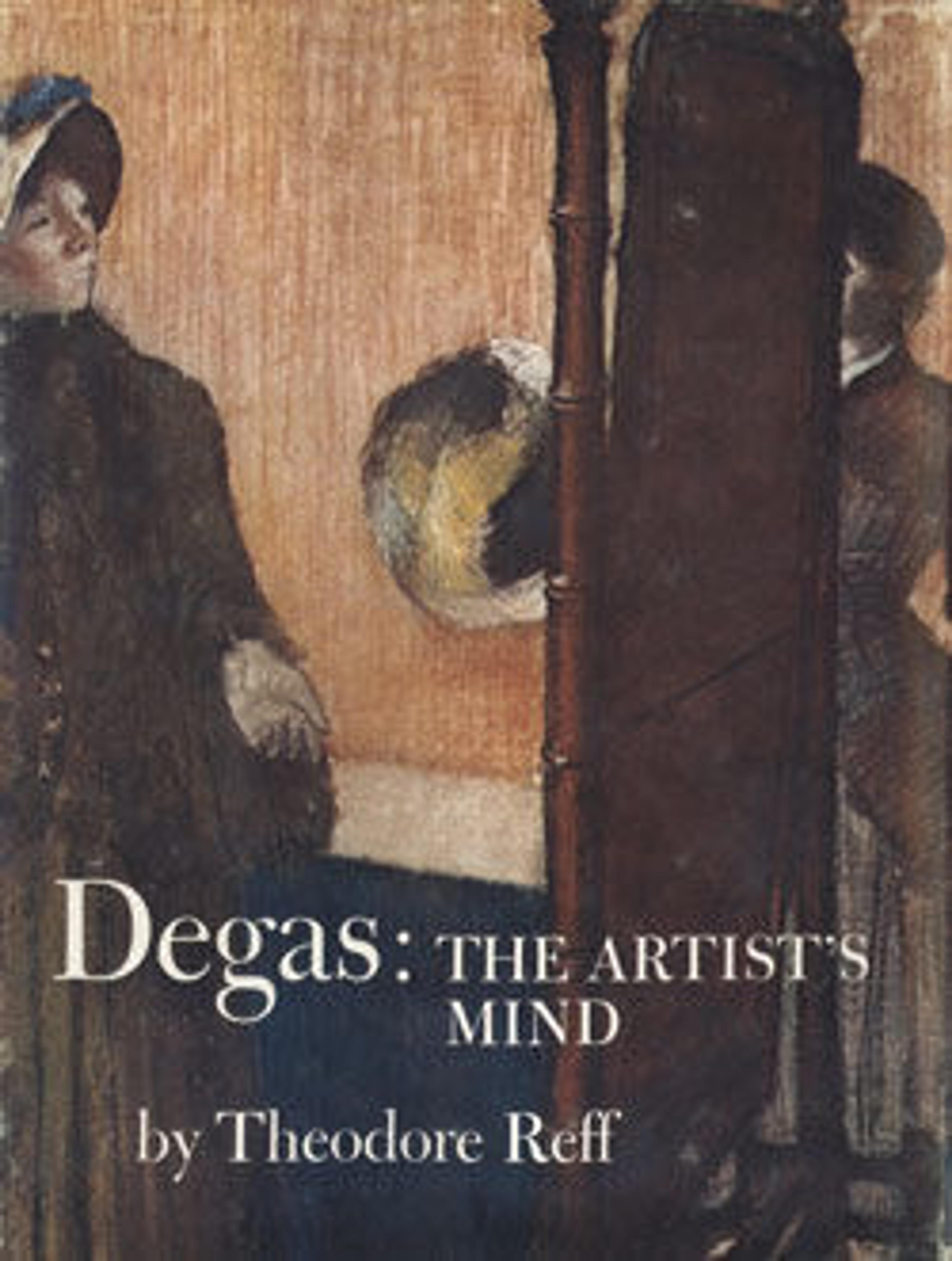
Degas: The Artist's Mind
More than any other artist in the Impressionist group, Degas was fascinated by ideas and consciously based his work on them. "What I do is the result of reflection and study of the great masters," he once confessed, "of inspiration, spontaneity, temperament I know nothing." Yet his work has been understood very inadequately from that point of view. Publications on him, once dominated by memoirs inspired by his remarkable personality, are now concerned with cataloguing and studying limited aspects of his complex art. Its intellectual power and originality, which were evident to contemporary writers like Duranty and Valery, have not been studied sufficiently by more recent critics. It is this side of Degas's art—as seen in his ingenious pictorial strategies and technical innovations, his use of motifs like the window, the mirror, and the picture within the picture, his invention of striking, psychologically compelling compositions, and his creation of a sculptural idiom at once formal and vernacular—that is the subject of these essays. Inevitably, given the range of his intellectual interests, the essays are also concerned with his contacts with leading novelists and poets of his time and his efforts to illustrate or draw inspiration from their works. Throughout, the author makes use of an important, largely unpublished source, the material in Degas's notebooks, on which he has recently published a complete catalogue.
Met Art in Publication
Citation
———. 1976b. Degas: The Artist’s Mind. New York: Metropolitan Museum of Art.